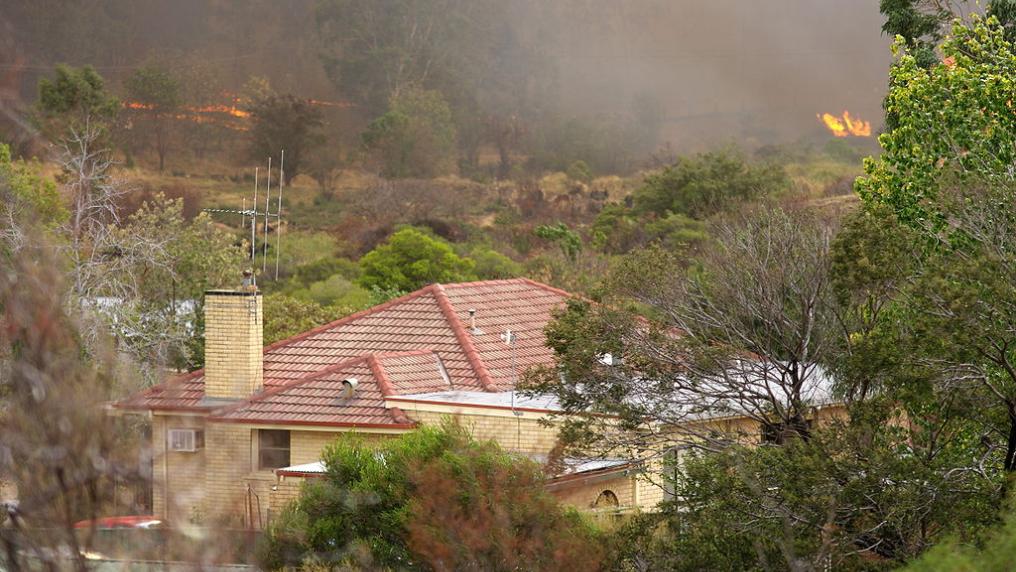The missing piece in the bushfire jigsaw

Amila Wickramasinghe’s PhD study at Victoria University is adding another level of knowledge to our understanding of bushfire behaviour. He is mapping firebrand flux and heat load on structures in the wildland-urban interface.
Firebrands are the small plant particles, such as leaves, bark, cones and twigs that originate from burning vegetation and are carried by wind and the buoyancy of the fire. Embers refers to any small, hot particle in a fire; firebrands are objects that become airborne and are carried for some distance.
Firebrands can start spot fires when they land on vegetation or the combustible part of a structure. “Quantifying the firebrand and heat flux on structures is essential to determine the wildfire risks and prepare strategic plans to mitigate the hazard,” Mr Wickramasinghe says.
“Firebrand ignition and transport have been studied extensively, but firebrand generation has not. I’m quantifying the firebrand generation. It is the missing piece of the bushfire jigsaw puzzle.”
Vegetation type, fuel moisture content, temperature and wind conditions affect how firebrands are generated, their potential to initiate a spot fire, and how far they are transported.
Mr Wickramasinghe used physics-based modelling, Fire Dynamics Simulator, to research the behaviour of firebrands.
“We created the wildfire environment as a computer simulation and started with the simplest case – trying to quantify the firebrand generation from a single tree and then expanded that into a forest fire.
“After building a few mathematical correlations, we could identify the effects of wind, vegetation species and fuel moisture on firebrand generation,” he says.
Mr Wickramasinghe is now running a number of simulations to quantify the firebrand flux and heat load on modelled houses in different environmental conditions.
“I am trying to add my findings to Australian Standard 3959 which is the prescription for constructing buildings in bushfire prone areas.”
Mr Wickramasinghe is from the Fire Research Group of the Institute for Sustainable Industries and Liveable Cities at Victoria University.
National Science Week
National Science Week 2021 continues until 22 August. It is Australia’s annual celebration of science and technology - held every August.



